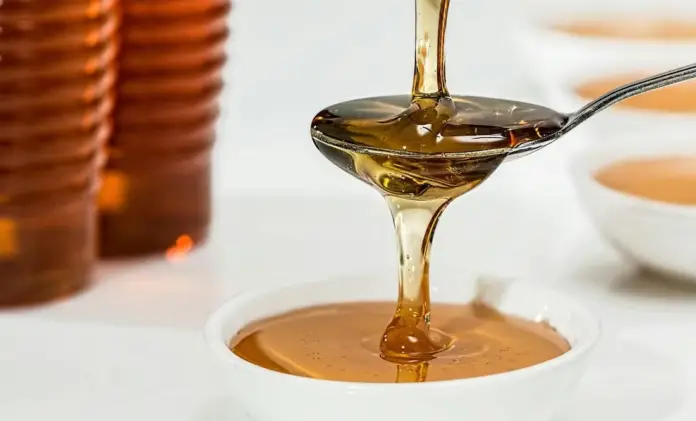
In 2023, a production of 58,033 tons of honey was recorded, which places Mexico as the seventh largest producer in the world, highlighted the Ministry of Agriculture and Rural Development (SADER). The 3 “sweetest” states and leaders in honey production were: Yucatan with 9,451 tons; Chiapas with 5,892 tons and Jalisco with 5,806 tons.
In Mexico, beekeeping is an agricultural activity of high economic and social value; more than 43,000 beekeepers directly depend on it, said the secretary. She added that Yucatan is the leader in honey production; however, beekeepers in Jalisco generated the highest production value of the sweetener by obtaining 298 million pesos.
Of the total volume produced last year, 38.5% was destined for export: the United States was the main destination, although it also reached Germany, the United Kingdom, Switzerland, the Netherlands and Japan, SADER reported in a statement.
Likewise, it highlighted the five beekeeping regions of the country, placing the Yucatan Peninsula as the most important in terms of honey production volume and for locating the majority of the country’s beehives.
This region is made up of Campeche, Yucatan, Quintana Roo and the northeast of Chiapas and the eastern part of Tabasco. The honey from this area is characterized by having its origin in unique blooms. This region represents, on average, 32.4% of the national production.
The Altiplano region, made up of Tlaxcala, Puebla, Morelos, Guanajuato, Aguascalientes, Edomex; the eastern part of Jalisco, Colima and Michoacán; the north of Guerrero and Oaxaca; the northeast of Chiapas; the southwest regions of Hidalgo and Querétaro; the middle region of San Luis Potosí; as well as the rural delegations of Mexico City. This region is distinguished by having amber and light amber honeys, as well as some honeys called butter honey. It represents, on average, 29.8% of the national production.
On the other hand, the Pacific Coast region, formed by Sinaloa, Nayarit, western Jalisco, Colima and Michoacán, as well as the coastal regions of Guerrero, Oaxaca and Chiapas; is characterized by producing multiflora and mangrove honeys, which are mainly dark in color, although amber and light amber honeys are also obtained. This region represents, on average, 21.4% of the national production.
The Gulf region is made up of Veracruz, part of Tabasco and Tamaulipas, as well as the Huasteca region of San Luis Potosí, Hidalgo and Querétaro. It stands out for having a large production of citrus honey, of light amber color, produced mainly from the orange blossom, this being a honey highly appreciated in the international market. On average, this region represents 9% of the national production.
While the northern region is made up of Baja California, Baja California Sur, Sonora, Chihuahua, Durango, Zacatecas, Coahuila, Nuevo León and parts of northern Tamaulipas and the highlands of San Luis Potosí. It is characterized by mesquite honey, of water white to white color. This region represents, on average, 7.4% of the national production.
Likewise, Sader reported that in Mexico, beekeeping is the third source of foreign currency generation within the agricultural sector. Also, it says, there are activities such as renting colonies for pollination, bee breeding, production and sale of nuclei and packages of live bees.
“Beekeepers also obtain and market products such as pollen, royal jelly, venom, propolis and wax. Mexico is the ninth largest producer and sixth largest exporter of honey worldwide (annual average 2012-2021),” the secretary reiterated.
Source: eluniversal






